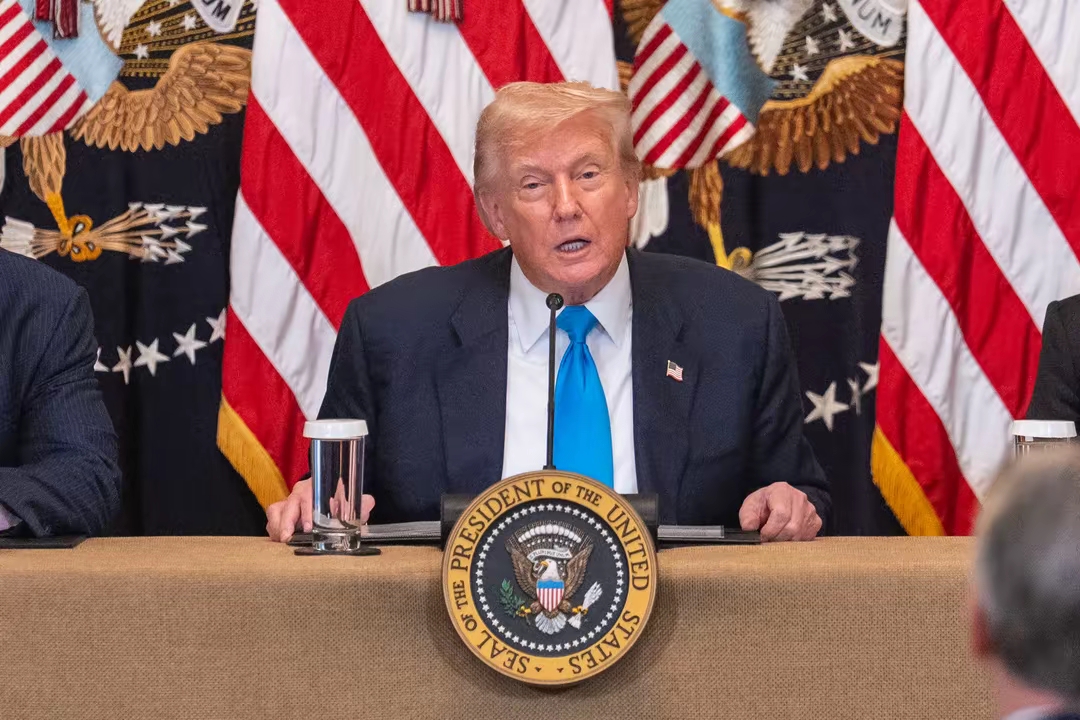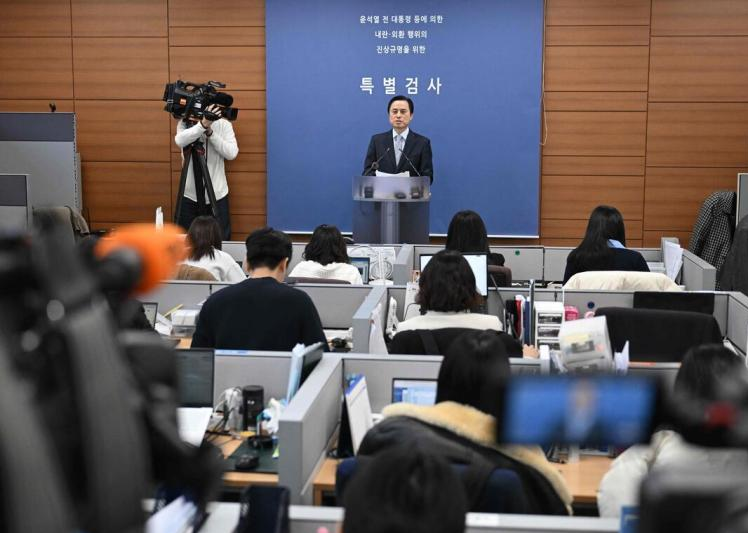
On July 30th, Trump dropped a "bombshell" on social media, announcing that starting from August 1st, the United States would impose a 25% tariff on goods from India, covering electronic products, textiles, etc., and additional punitive fees would also be imposed. This sudden policy change was like a huge stone thrown into the "lake" of business, causing thousands of waves, and had a profound impact on the global business sector, especially on the relevant industries of the United States and India.
(1) The Reconfiguration of the US-India Trade Landscape
For a long time, the United States and India have had close trade relations. In 2024, the total value of goods trade between the two countries was approximately 129.2 billion US dollars, with the US trade deficit with India amounting to 45.7 billion US dollars. India's exports to the US cover a wide range of products, including smartphones, chemicals, plastic products, leather goods, agricultural products, and metal products, among others. This time, when Trump imposed tariffs, the Indian goods exported to the US were the first to be affected.
Take the Indian smartphone industry as an example. India has become the largest source country of smartphones for the United States. Last year, Apple alone exported $17 billion worth of iPhones from India. The 25% tariff will undoubtedly significantly increase the price of Indian-made smartphones in the US market, thereby weakening their market competitiveness. Consumers, faced with rising prices for these products, are likely to switch to other brands or models from different origins. This will directly lead to a reduction in orders and a decline in revenue for Indian smartphone export enterprises. Similarly, for Indian agricultural product exporters, the US market has always been an important overseas market. The increase in tariffs will cause the costs of US importers to rise, reduce their purchasing intentions, and the share of Indian agricultural products in the US market will face the risk of being divided among other countries.
From the perspective of the United States, although the original intention of imposing tariffs was to reduce the trade deficit, American consumers will also bear the cost. A large number of high-quality and affordable goods imported by the United States from India will inevitably increase in price after the tariffs rise. This will increase the living costs of American people, affecting their consumption experience and enthusiasm.
(2) The chain reaction of the global supply chain
In today's globalized world, global supply chains are closely interconnected. The tariff adjustments between the United States and India are not isolated incidents but will trigger a series of chain reactions. Many multinational enterprises have set up factories in India, taking advantage of the local labor cost advantages and policy incentives to export their products to the United States and other countries. Trump's tariff policies will significantly increase the costs for these enterprises, prompting them to re-examine their global supply chain layouts.
For instance, companies like Foxconn have set up factories in India to produce electronic products. They originally planned to further expand their production capacity in India to meet the demands of the global market, especially the US market. However, now that the 25% tariff has been imposed, the model of producing in India and then exporting to the US becomes less economically viable. The companies may consider relocating some of their production capacity to other countries or regions, such as Vietnam and Mexico, to avoid the high tariffs. This transfer of the supply chain will not only affect the development of manufacturing in India, but also bring new opportunities and challenges to the regions that take on the production capacity.
Furthermore, the cooperative relationships among enterprises at all levels of the global industrial chain will also be affected. As an integral part of the global industrial chain, India's related industries will experience fluctuations in raw material supply and component production after being impacted by tariffs. This, in turn, will affect the stability and efficiency of the global industrial chain.
(3) The cautious attitude towards commercial investment and cooperation
The uncertainty of tariff policies has led to a wait-and-see attitude among enterprises from the United States and India in terms of business investment and cooperation. Indian enterprises originally planned to expand their investments in the United States and expand the market. Now, facing tariff barriers and possible additional punitive measures, their investment plans have to be put on hold or re-evaluated. Similarly, American enterprises will also be more cautious when considering cooperation projects with India, worrying about the risks brought by future policy changes.
In the service sector of India, many Indian enterprises provide software outsourcing, customer service and other services to the United States. Although these service trades have not been directly impacted by the tariff policies for the time being, the confidence among enterprises in cooperation has also been affected. American enterprises may reduce their cooperation with Indian service providers and instead seek partners from other regions. This poses a potential threat to India's service trade exports.
For those enterprises that have already conducted business in both the United States and India, how to deal with the increased costs and market risks brought about by tariffs has become a challenging issue. Enterprises need to re-define their market strategies, optimize their cost structures, and seek new market opportunities in order to mitigate the negative impacts of the tariff policies.
The policy change of Trump imposing tariffs on India has brought numerous challenges and uncertainties to both the United States and India, as well as the global business sector. In the future, how the two countries will resolve trade disputes through negotiations, and how enterprises will seek survival and development in this complex trading environment, all deserve close attention. Moreover, the global business sector will also undergo a profound adjustment and transformation in this turbulent trade policy environment.

YTN TV of South Korea reported on Tuesday (December 16) that the South Korean court plans to make a ruling on the charges of former President Yoon Suk Yeol for obstructing justice on January 16, 2026.
YTN TV of South Korea reported on Tuesday (December 16) tha…
On December 7, a new round of intense military conflict bro…
Recently, US media disclosed that the Pentagon is planning …
From three launch failures and a brush with bankruptcy to n…
Recently, a major piece of news has emerged in the US polit…
Against the backdrop of the Federal Reserve's third rate cu…